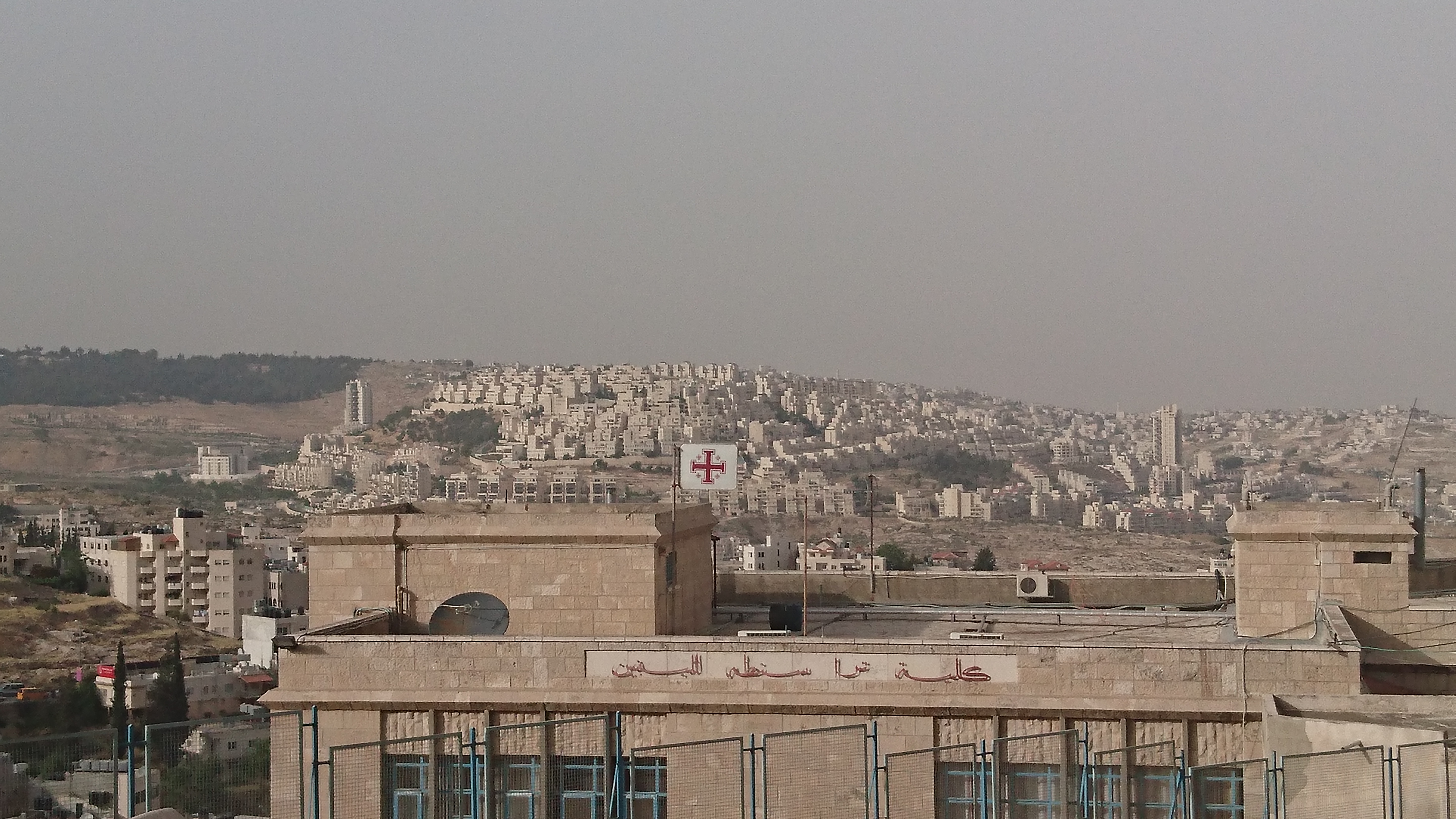
Politics and religion are hot topics. There are countries at war because of both. The Holy Land, which includes modern-day Israel and the Palestinian territories, is significant to Christians, Jews, and Muslims alike. So, it is important to note that the history and stories behind the holy sites change between religions. Raised Catholic, I wanted to visit the Holy Land from a Catholic Christian perspective. So, please keep that in mind when reading this post – whether or not you believe in the same stories or significance of the places that I visited. Additionally, I remain politically neutral and recognize that the area referred to as the “West Bank” is also referred to by many other names such as Palestine, State of Palestine, Palestinian territory, occupied Palestinian territory, and so on. My word choices do not represent my political views.

It was day two of my trip to Israel [see post: Two Days in Israel]. Prior to arriving in Israel, I booked the “Day Tour to Jerusalem and Bethlehem from Tel Aviv” through Viator. Given the close proximity, it would have been a shame not to have entered the West Bank.

Bethlehem (the holy city that was the birthplace of Jesus) is just a short drive away from Jerusalem. After lunch, my group was moved to a Palestinian tour bus operated by a Palestinian driver. The Israeli tour guide that led the morning part of the tour was not allowed to guide inside of the West Bank.



On arrival, we visited the Church of the Nativity (built on the site of Jesus’s birthplace). Flocks of tourists filled Manger Square, wandering the religious hub.

The church was in the process of being restored.




Although the construction took away from the experience, it was an incredible feeling to metaphorically travel back in time.




Bethlehem was the tour’s only stop inside of the West Bank. It was a quick trip, but a day well spent.








